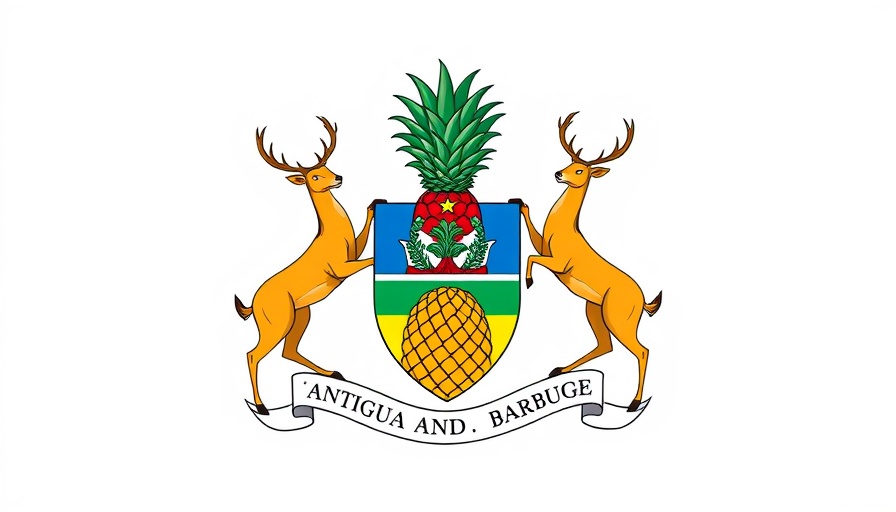
Antigua and Barbuda's Hope for Peace
On October 9, 2025, Antigua and Barbuda's Minister of Foreign Affairs, E. Paul Chet Greene, expressed a positive outlook following the ceasefire announcement between Israel and Hamas. The ceasefire, achieved through efforts by the United States with support from Qatar, Egypt, and Turkey, marked a hopeful moment amidst ongoing conflict.
In the statement released, the government called for an immediate halt to hostilities and urged the restoration of humanitarian access. This cooperative stance aligns with the expressed desires of global leaders, including the UN Secretary-General and representatives from France, China, and Saudi Arabia, who are advocating for a sustainable resolution to the conflict.
The Need for Humanitarian Relief
Greene emphasized that this ceasefire is seen as a crucial step not merely for a pause in hostilities but as a foundation for humanitarian relief. The Minister highlighted the need for the release of hostages and detainees, as well as the complete withdrawal of Israeli forces from occupied territories. This is essential for restoring stability and security in the region.
Future Path Towards Peace
As Antigua and Barbuda looks towards future developments, the call for a credible political path remains vital. The government reiterated its support for a two-state solution, envisioning a peaceful coexistence between an independent Palestinian state and Israel. Minister Greene’s statement reflects a commitment to work within international humanitarian law to support these efforts.
Global Context for Local Voices
This position from Antigua and Barbuda on the ceasefire represents more than just a diplomatic stance; it symbolizes the voices of small nations advocating for peace and humanitarian support in a complex geopolitical landscape. By joining the international community in calling for an end to violence, Antigua reinforces its commitment to global peace efforts, underscoring the importance of solidarity among nations, no matter their size.
 Add Row
Add Row  Add
Add 




Write A Comment